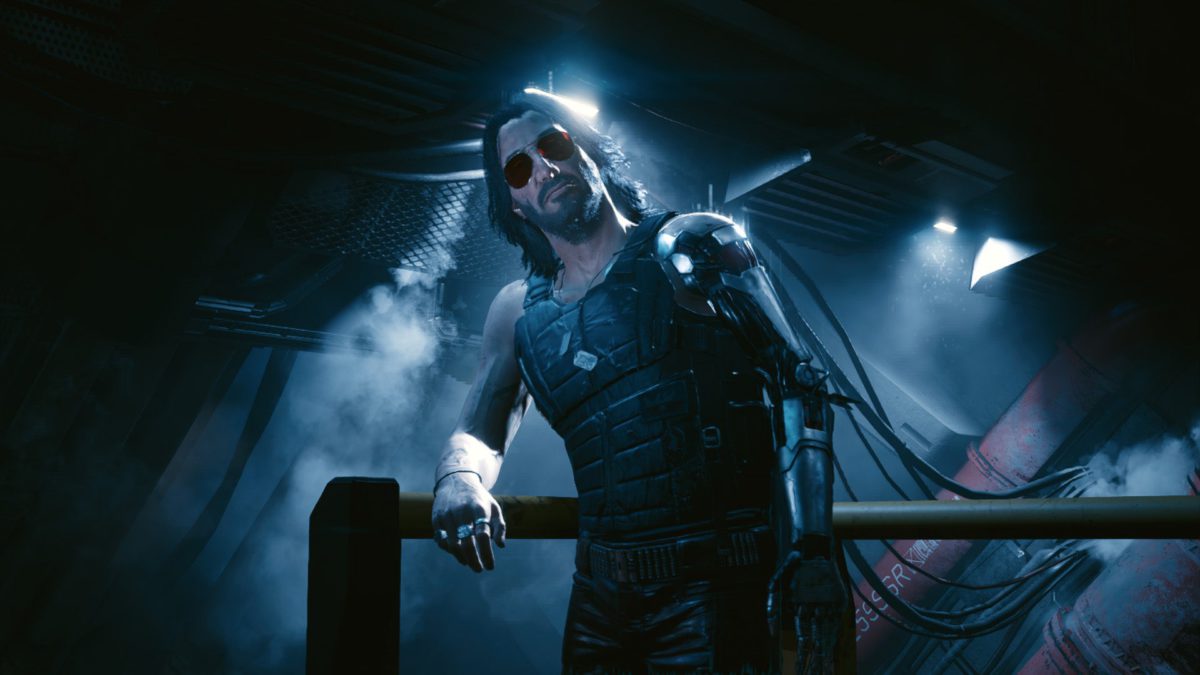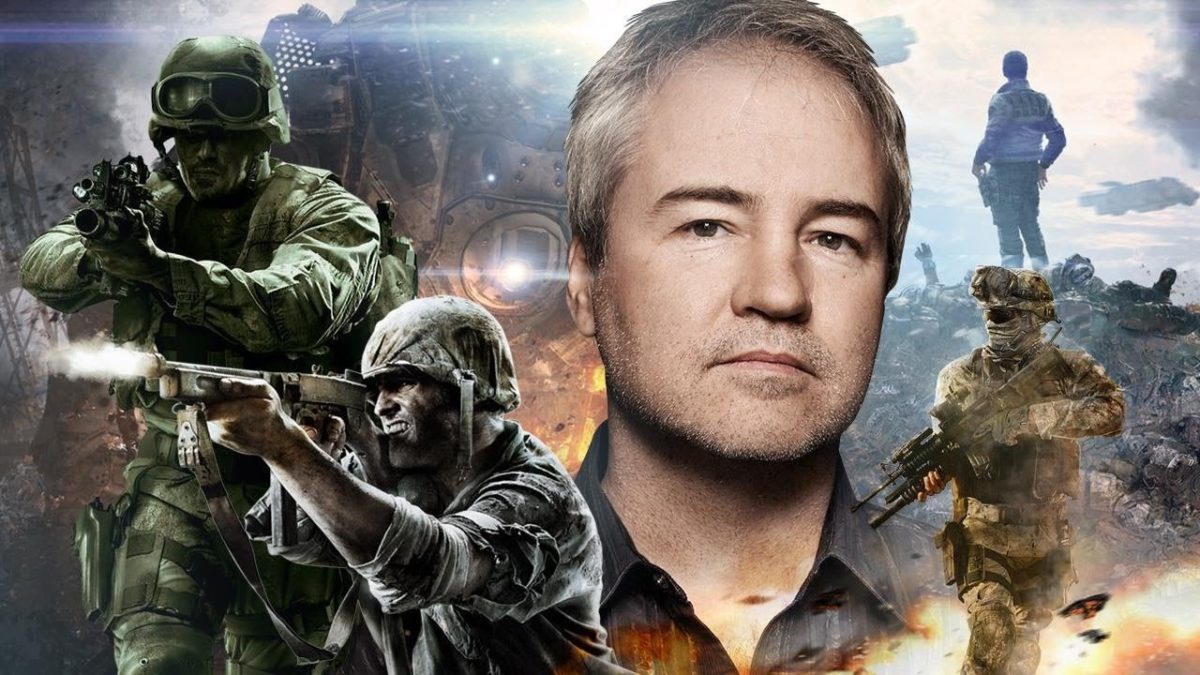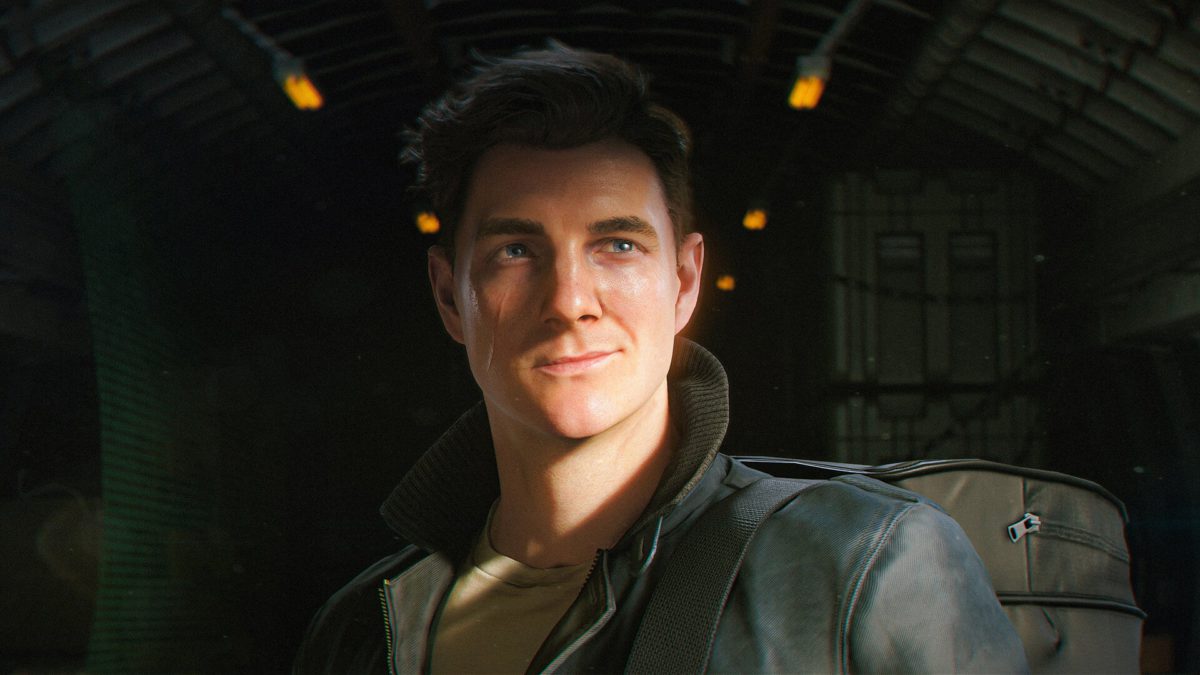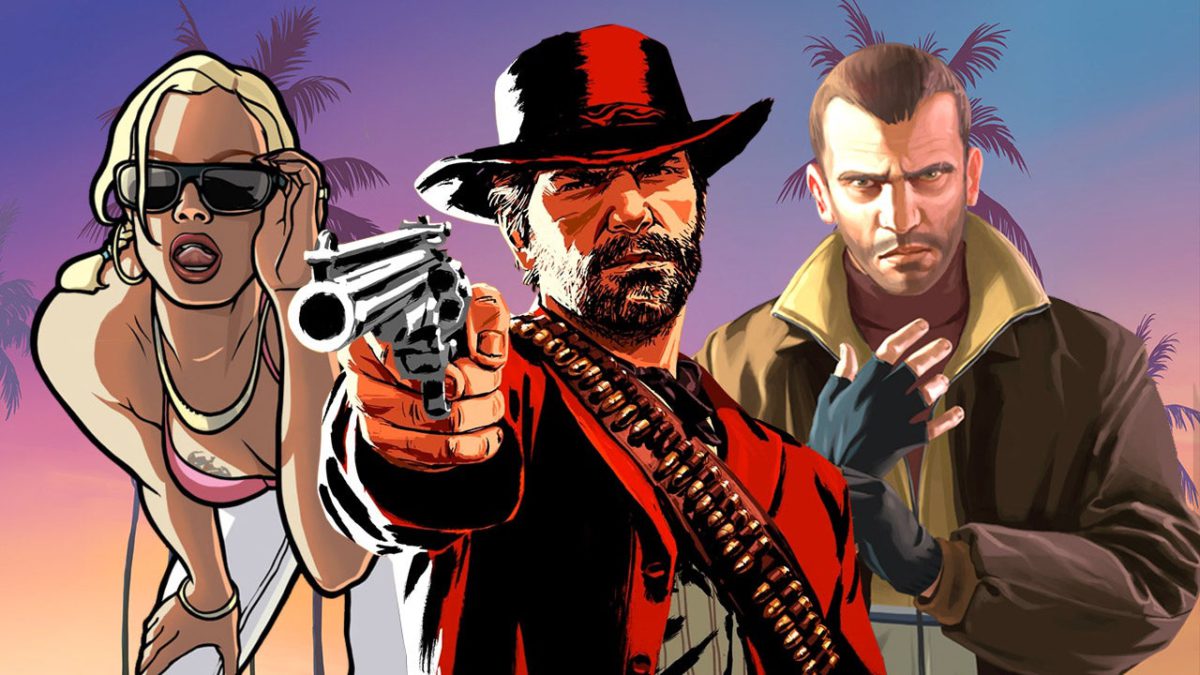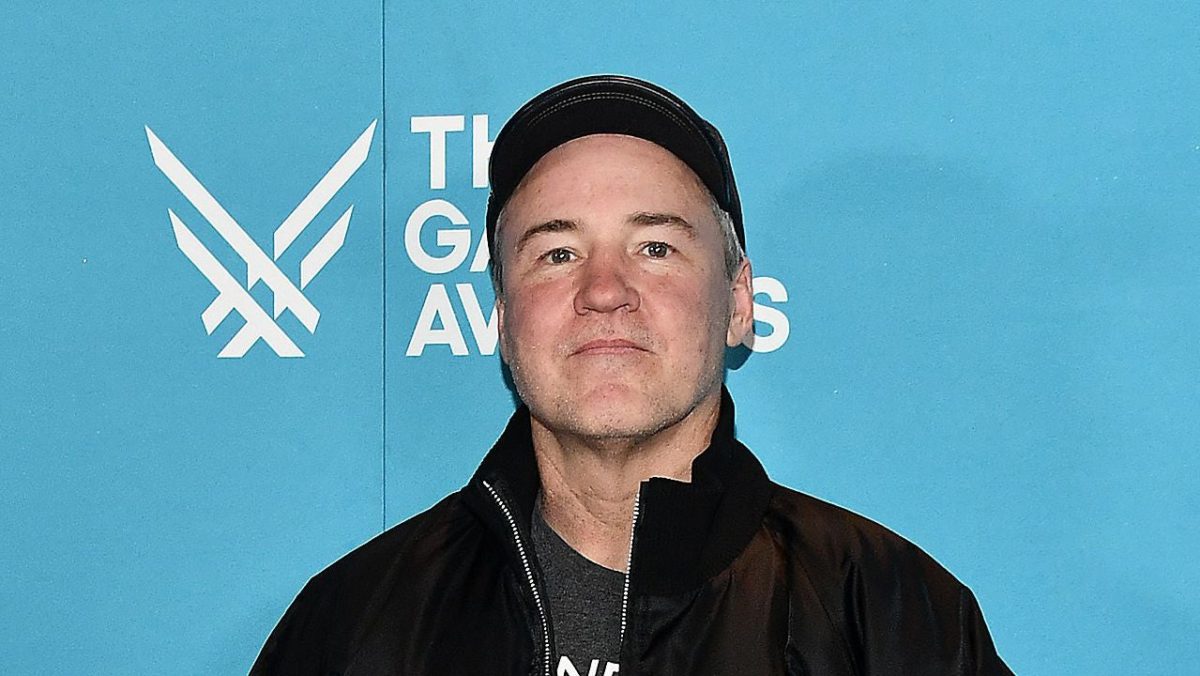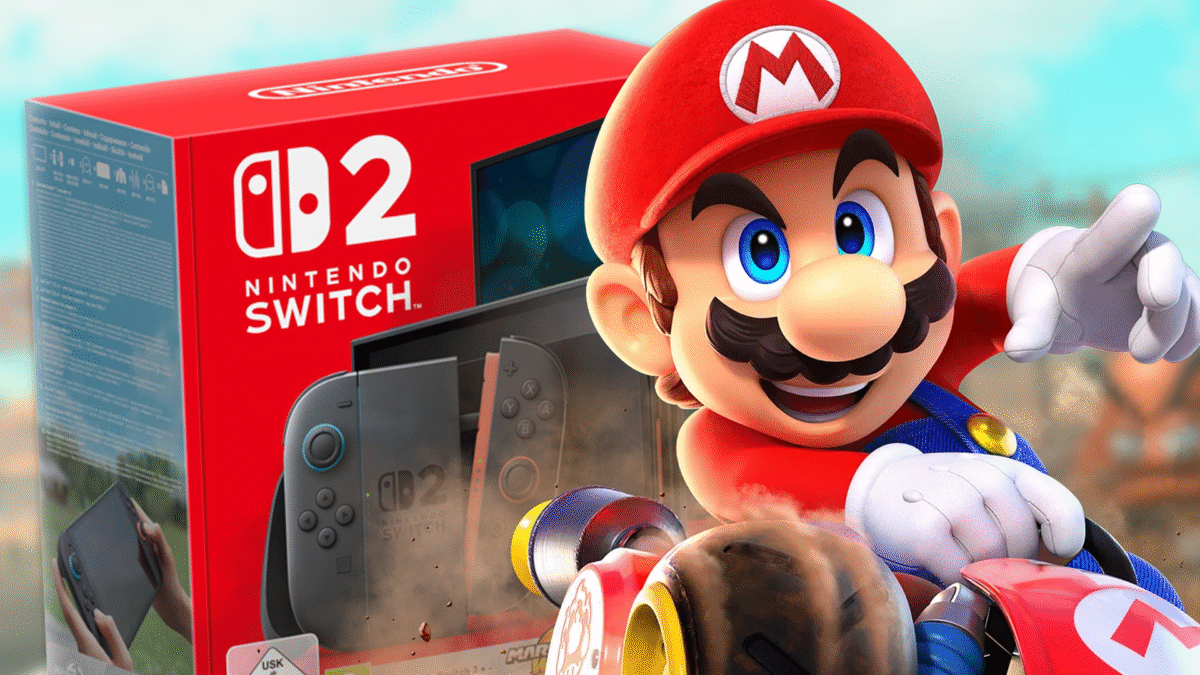
Beyond the humongous stage, tense in-game stand-offs and hard-fought Winner Winner Chicken Dinners of PUBG United 2025 (the combined Global Championships for both PUBG MOBILE and PUBG) fans and players in the host city of Bangkok were reminded that PUBG MOBILE is more than a game; it’s also a platform where creators, artists and players can bring their ideas to life, contribute to the game’s creative ecosystem and receive recognition and rewards for their hard work.
For aspiring creators, WOW and PDP are more than platforms, they’re launchpads for ambition and imagination. This month, creators from around the world gathered at the PMGC in Bangkok, where 16 standout creators were celebrated on a global stage at the PUBG MOBILE Creative Vision Awards 2025, which recognises contributions across World of Wonder (WOW), PUBG MOBILE’s in-game creation platform, and the Ptopia Design Project (PDP), the platform of the game’s global design contests. If you’re interested in becoming a creator yourself, there’s good reason, thanks to the incentives from the WOW $10 million dollar prize pools and more across PDP contests – and with modern creator tools, a supportive community and a focus on accessibility, there’s virtually nothing to stop you.
Who better to learn from than the winner creators themselves; here’s what they have to say about their creative process, and how PUBG MOBILE provides them with creative freedom.
Where to Start in This World of Possibilities
With over 5.4 million maps created and over 8.5 million peak daily players, WOW’s mobile UGC creation platform is undeniably huge, but that continued support had to start from somewhere. For creators of all kinds, it’s almost always making the first step that is the hardest. Whatever your motivation, with PUBG MOBILE, the gap between initial idea and active creation is designed to be small.
For Kuwait based ناايل؟, Creator of the Year for Best Story, it was “curiosity” and being “drawn to the feeling of turning a simple idea into something players can enjoy” that first sparked his interest in creating in WOW. Taking inspiration from his culture, environment and personal stories, it was the tools within WOW that enabled him to turn “complex ideas into clear systems without needing prior coding experience.” Paired with a design principle to create experiences that are clear and easy for players to understand, ناايل؟ has now been recognised as one of WOW’s top creators – an experience that is sure to boost his confidence as a creator.
Speaking on how creating for WOW has impacted him he said: “Seeing players enjoy my work made me realize that I have real creative potential. It also encouraged me to take creation more seriously and to keep improving my skills on a higher, more professional level.” His recommendation for players looking to create for PUBG MOBILE in WOW? Start simple, build small ideas first, explore the tools, and most crucially “experiment and learn from mistakes.”
Freedom to Create
Every creator needs to have an element of curiosity to get started, but for Creator of the Year: Best Scene Designer winner CaiCai, it was wanting to create triathlon challenges for their teammates where they could try, fail and laugh together, that sparked an interest in creating in WOW.
CaiCai’s background in design and architecture may have given the Australian creator an edge when it came to shaping and building maps, but its WOW’s suite of visual programming, AI supports and open logic tools that not only made the process possible, but also easy. Visual programming “expands the creative possibilities and greatly enhances interaction and flexibility within my maps” they said, noting also how “it removes many limits and truly empowers creators.”
It’s a sentiment that is also shared by Egyptian creator and winner of Creator of the Year for Best Stage Design Y O Y O, who praises the tools for their ease of use, saying, “the mix of visual programming, AI support, and open logic tools lets me build ideas exactly the way I imagine them. Instead of spending hours trying to translate an idea into code, I can see everything laid out clearly and make changes instantly.”
MURSHAD, who won Creator Of The Year for Best Creative Gameplay, similarly notes how WOW can turn ordinary players’ imagination into playable worlds through the platform’s accessible tools: “visual programming and AI support have made map creation much easier for me by allowing me to design and implement complex mechanics visually, without having to write extensive code. This makes the entire process more intuitive and efficient, enabling me to create better and more intricate maps with ease.”
NexusSPIKE, winner of the Popular Creator Award Winner for Arena – Themed Maps, echoes a similar ethos for aspiring creators, highlighting the importance of patience and originality in map design: “I would advise new creators to take their time in learning how to build maps. I would also advise creators to make original maps. While copying maps may seem like a quick way to get plays, it is not a sustainable practice.”
How to Create a Winning Idea
PDP empowers designers from around the world to create outfit, weapon and vehicle designs to be added to PUBG MOBILE. With over 13 diverse contests, a prize pool totalling $1,000,000, and 1,366 PDP winners in 2025 alone, there’s plenty of opportunities for creators to submit their designs and receive recognition, whether they’re professional designers or amateur artists.
For PDP creators such as Ariestrada, winner of the Best Outfit Design Silver Award, the open-themed contests are a chance to flex his creative muscles and create designs that players actually want. Ariestrada’s success started with winning an Outstanding Award in PDP in 2023 – since then he’s also received double awards, Silver and Bronze, in the first Ultimate Set Design contest, followed by a Gold Award in the third Ultimate Set Design Contest, plus two Best Design Awards and a Judges’ Choice Award in the PDP Fashion Icon contest.
How has he created so many winning ideas? For him it’s all about “keep[ing] an eye on trends outside the game and mix[ing] them with something unique to create something fresh.” His experience with the game has also been a crucial component. “I’ve played PUBG MOBILE a lot and followed their tournaments, which has helped me understand what works well in the game, what players want.” Based in Bali, Ariestrada also utilises PDP to bring elements of their traditional culture into their ideas whilst also leaning into their knowledge of PUBG MOBILE as “ players love sleek designs because they feel “light and fast,” so I always adapt to that style”.
Support to Keep Creative
What sets PUBG MOBILE’s WOW and PDP creative systems apart are their focus on giving creators financial incentives, rewarding creators and growing its community. Together, all of this works to ensure the imagination of players fuels PUBG MOBILE’s evolution, while still providing real-world rewards for contributors.
WOW creator ناايل؟ feels that the community visibility, contest rewards and financial incentives have “had a significant impact as a creator. They made me feel that my work has real value, pushed me to keep improving, and encouraged me to pursue bigger and more creative ideas.” Understandably, the feeling of seeing your work in-game and recognised by the community means a lot for ناايل؟ who says it gives a “strong motivation to keep growing”, while fellow creator CaiCai highlights how the financial rewards are encouraging “because they make me realise that creating isn’t just a hobby—it’s something that could potentially grow into a professional path”.
Future Ambitions
For this class of creators recognised at PMGC 2025 it was a chance to acknowledge the hard work and dedication they’ve given to their respective creative outlets – but creativity is an infinite resource, and there is always another project, map, or design to be working on. So what’s next for them, what do they hope to achieve and how do they plan on evolving as creators?
CaiCai has the noble goal of becoming a “more well-rounded creator with stronger gameplay design skills” by experimenting “with more detailed mechanisms and dynamic elements to make maps feel more alive.” Discussing what he wants design next, ناايل؟ is set on exploring “ideas that feel unique and push WOW’s tools to their limits” with a particular interest in more experimental styles “and unique gameplay concepts that haven’t been done before.”
PDP creator Ariestrada reflected on the importance of the community and how learning from “amazing artists” has helped him improve and grow. As for what he’ll explore next in PDP, he remarks “we already have many anime-themed outfits, and I’d love to create more anime styles with PDP, but with our own twist to it.”
For those looking to start their creative journey, PDP creator Mranderson, winner of the Best Creative Silver Award, only has words of encouragement. He began his creative journey as a traditional illustrator, but over time discovered a deeper passion for gaming as a world where he could merge his artistic talents with interactive storytelling. Through this fusion of art and gaming, his work has reached tens of millions of players across the globe, earning him widespread recognition and respect within the community. “Participating in PDP allowed me to fulfill a major dream in my life—seeing my creations featured in one of the world’s top tactical battle royale games, and experiencing the profound emotion of wearing outfits designed by myself in the game,” he reflects.
For all aspiring creators, he has a clear message: “I simply say: give it a try, seize this opportunity to be part of this incredible design project and this wonderful family of artists and friends from all over the world. And, why not, with your results in each competition, your consistency and dedication, you might even be invited at the end of the year to the PDP awards ceremony, which has been one of the most incredible experiences of my life.”
Download PUBG MOBILE and try WOW and PDP for free via the App Store and Google Play Store. Also make sure you follow the WOW social channels on Instagram, Tiktok, and YouTube, PDP social channels on Instagram, X, and TikTok, and PUBG MOBILE social channels on Facebook, Instagram, X and YouTube to stay up to date and learn more about WOW and PDP’s creator programmes, contests and toolsets.




